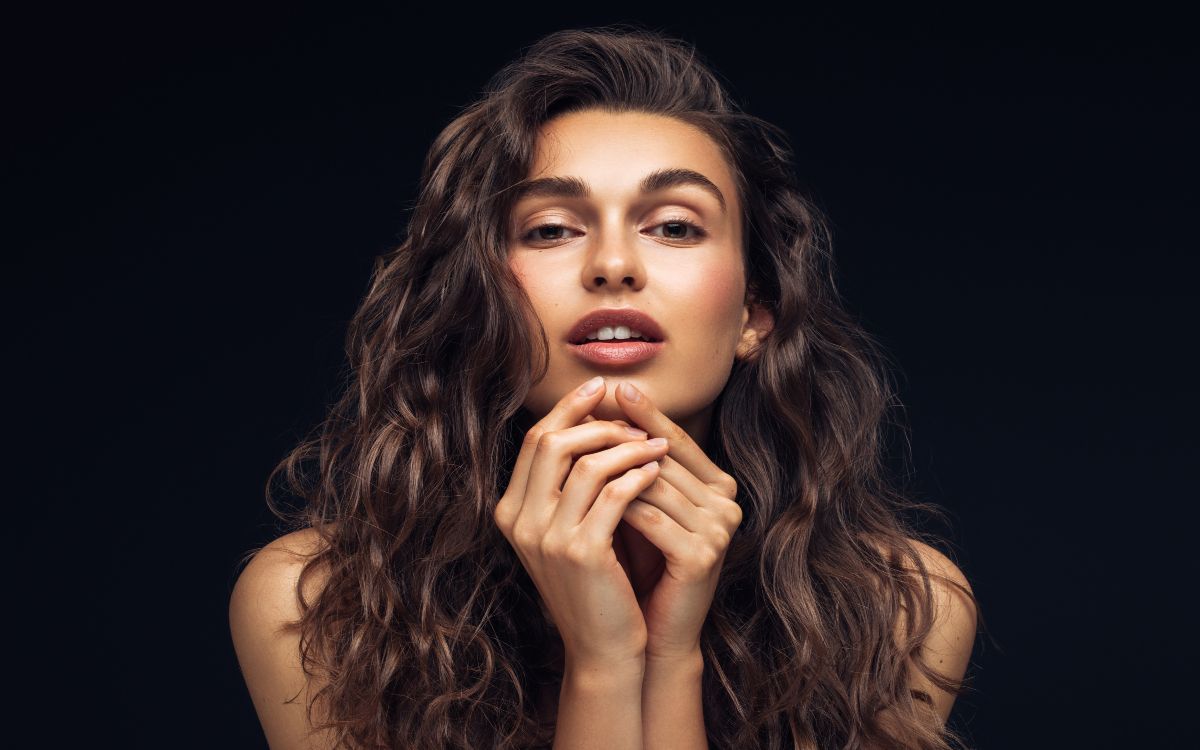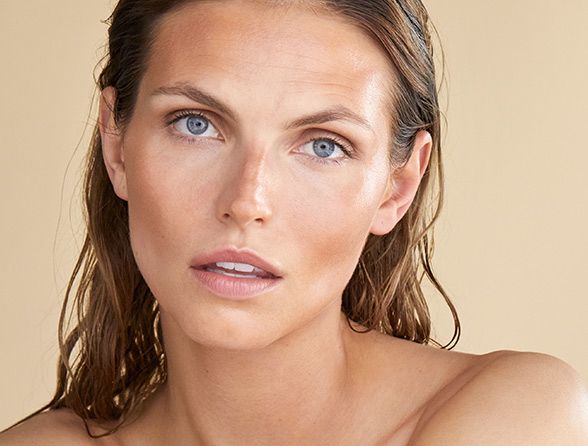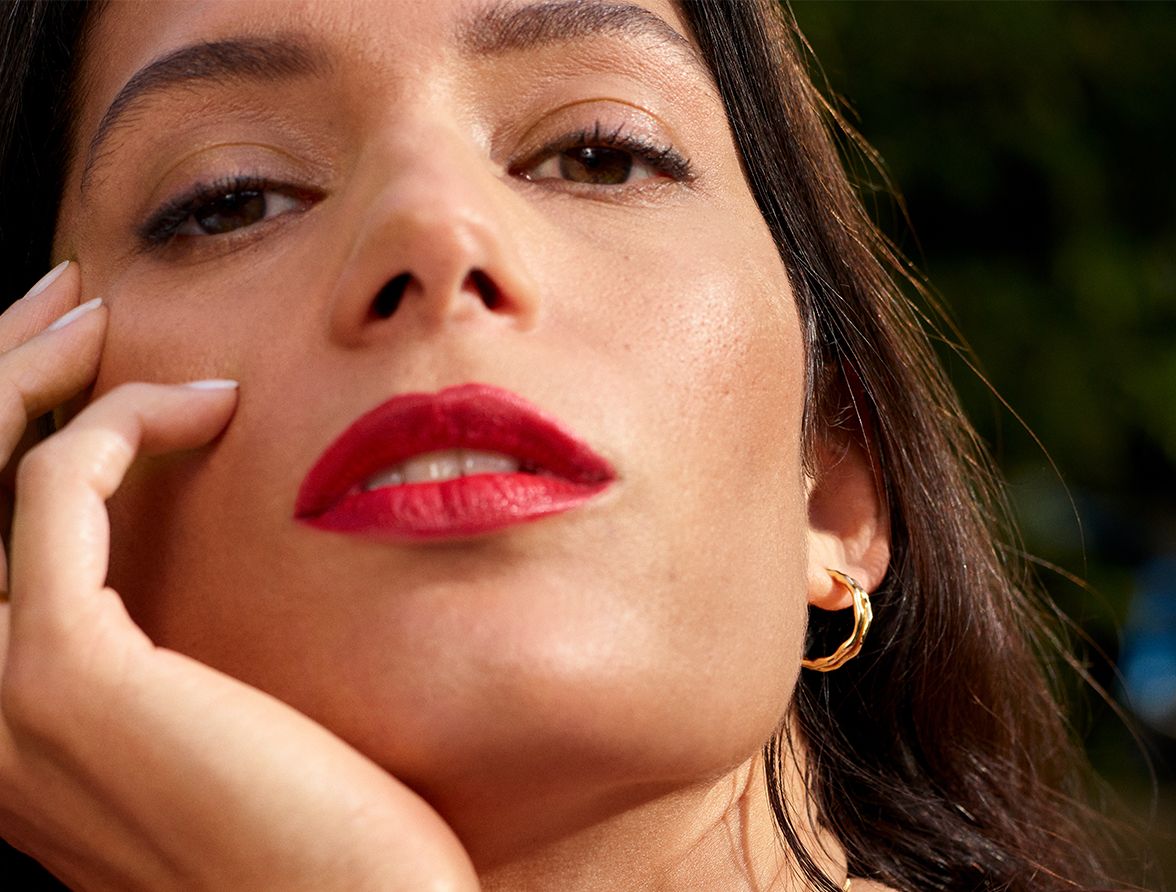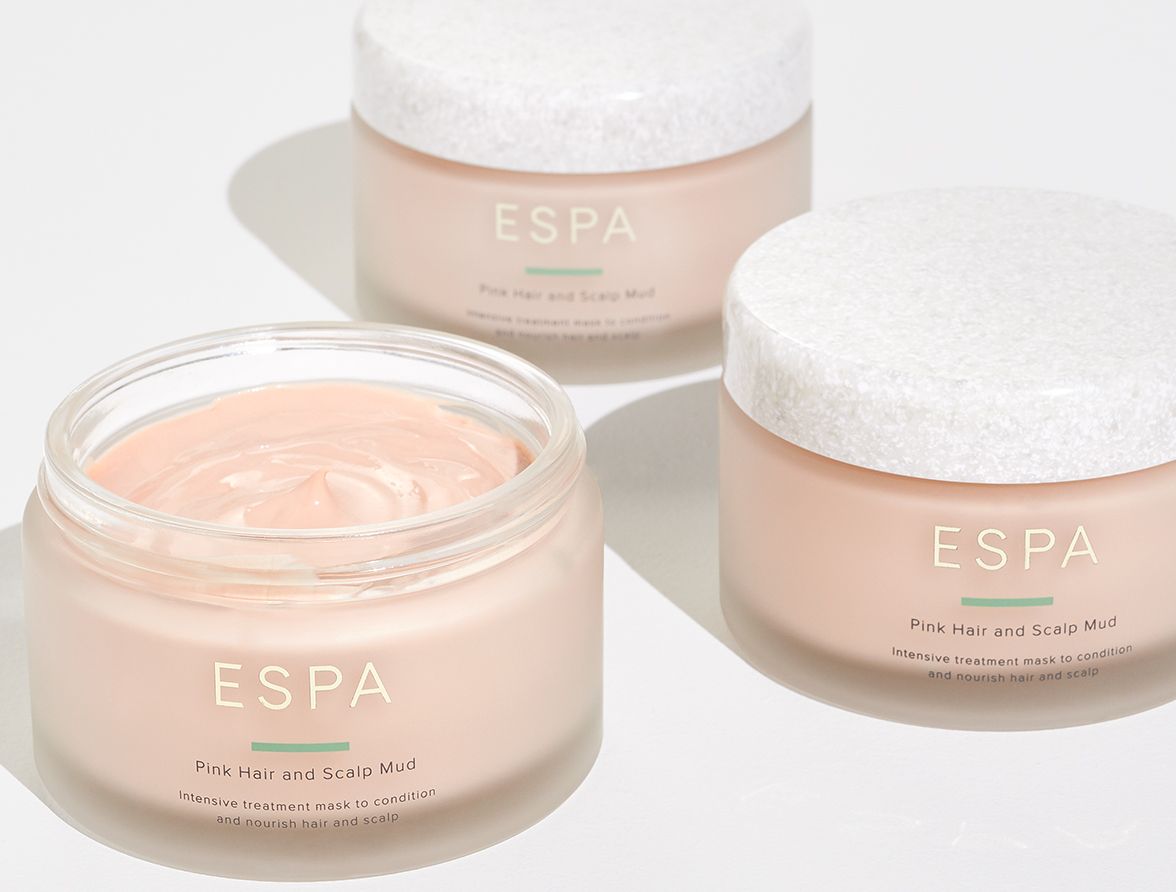The route to a full and shiny head of hair
Transform thin and straggly lockdown strands with our expert guide to achieving lustrous locks
Flat, limp and lackluster: it’s little wonder that the stresses of the past year have taken their toll on our follicles. In fact, searches on the topics of ‘thinning hair’ and ‘hair loss’ have increased exponentially since the days before baking banana bread became a national pastime.
In fact, studies show that one in three of us have experienced hair loss to some degree. ‘We’ve seen an increase in the number of our clients suffering with hair loss due to stress and especially related to Covid 19,’ says Anabel Kingsley, Consultant Trichologist and Brand President at Philip Kingsley. ‘The response we have had on social media with inquiries related to shedding and what to do about it has been astronomical.’
The causes of thinning are complex but stress is a major factor and whether your hair is naturally thin or you’ve noticed that your crowning glory is simply looking more limp than lush, there’s a solution to achieving a more bountiful swish thanks to Kingsley’s expertise and a little help from some choice products.
Getting to the root of thinning hair
According to Anabel there are five main reasons our hair may be looking less than lustrous, with more extreme cases requiring a clinical diagnosis (which includes blood tests) from a trichologist.
1) Excessive daily hair shedding
‘Otherwise known as Telogen Effluvium, this is a reactive hair loss caused by an internal disruption and occurs 6-12 weeks after the event that caused it,’ says Anabel. ‘It can be acute (short lived) or chronic (long-standing and recurring). Acute TE is usually caused by a one-off blip, like the flu, food poisoning or a high fever, and doesn’t require any treatment. However, hair fall that continues or recurs should be thoroughly investigated.’
The most common causes for chronic TE are:
* Iron and Ferritin (stored iron) deficiency
* Vitamin B12 & Vitamin D deficiency
* Hypo or Hyperthyroid
* High stress levels which can impact how your body absorbs nutrients
* Crash dieting & energy deficits (i.e. not eating enough calories)
* High mercury levels (from eating too much mercury-rich fish)
2) Hair thinning (reduced hair volume/androgenic alopecia)
‘This is slow and progressive and is down to a genetic predisposition that causes hair follicles to be sensitive to normal levels of androgens (male hormones),’ explains Anabel.
While reduced hair volume isn’t usually a sign of a health condition, conditions that impact your hormone levels can make it worse. For example:
* Polycystic Ovarian Syndrome (PCOS).
* Being on an androgenic oral contraceptive or androgenic HRT.
* High stress levels, which can inadvertently raise androgen levels
3) Brittle Hair
‘This can be caused by not eating enough protein,’ says Anabel. ‘Zinc deficiency and hypothyroidism can also cause brittle hair,‘ she continues.
4) Flaky And Itchy Scalp
’While usually not the sole cause of scalp irritation, a lack of Omega 3 in your diet can exacerbate scalp conditions as can stress,’ says Anabel.
5) Health Conditions
Anabel lists Lupus and Cushing’s Syndrome as being among the other health conditions that can cause hair loss.
Stress busters
You are what you eat
‘A holistic, personalised, multi-pronged approach is the most effective way to treat any form of hair loss and that means addressing your general health, diet and nutrition, stress levels, the health of your scalp, and the condition of the hair itself,’ Anabel says.
Nutrients and food groups to keep in-mind are:
* Protein. Hair is made of protein, and amino acids (the components of protein) gives strands strength and structure. Eat at least a palm-sized portion of protein at breakfast and lunch.
* Complex carbohydrates. A slow and sustained release of energy is important to hair growth. Examples: brown rice, wholewheat couscous, wholegrain bread and sweet potatoes.
* Iron. Ferritin (a stored iron) is needed to produce the protein that hair is made of. Iron is found in red meats, but beetroot, dried apricots, leafy greens and prune juice also contain it.
Dietary help:
Scalp SOS
Healthy hair begins with a healthy scalp. Aside from prescription-only hair-stimulating drops, there are plenty of at-home scalp stimulators designed to promote the best environment for healthy hair growth.
‘For general hair health maintenance, treat your hair and scalp to the same TLC as you would your face – the scalp is, after all, made up of skin,’ says Anabel. ’I recommend toning your scalp daily with a product suitable for your scalp type. For those with flaking and itching, use a soothing, anti-microbial toner or if you have fine, oily hair, use a scalp-stimulating product. I also like to incorporate a weekly intensive targeted scalp mask and intensive conditioning hair mask.’
healthy head, healthy hair
The style council
Tricks to make your hair to appear thicker? ‘Fine hair is more fragile, so use of a thickening protective spray is essential when applying heat,’ advises Anabel. ‘Don’t underestimate the impact of a good volumising product too. They can camouflage hair thinning, boost your confidence and add bulk.’
Hair trimming can actually help to create the appearance of thicker hair while encouraging hair health by eliminating split ends. ‘Finer hair is more fragile, and therefore prone to breakage,’ Anabel says. ‘A weekly pre-shampoo conditioning treatment can add elasticity and strength.’
pump up the volume
Main image: Getty Images










